Software Architecture Quality Attributes
DZone
JUNE 12, 2020
Quality attributes usually assessed and analyzed at the architecture level, not at the code level. These various technologies need to be managed and organized to deliver a quality product.
This site uses cookies to improve your experience. To help us insure we adhere to various privacy regulations, please select your country/region of residence. If you do not select a country, we will assume you are from the United States. Select your Cookie Settings or view our Privacy Policy and Terms of Use.
Cookies and similar technologies are used on this website for proper function of the website, for tracking performance analytics and for marketing purposes. We and some of our third-party providers may use cookie data for various purposes. Please review the cookie settings below and choose your preference.
Used for the proper function of the website
Used for monitoring website traffic and interactions
Cookies and similar technologies are used on this website for proper function of the website, for tracking performance analytics and for marketing purposes. We and some of our third-party providers may use cookie data for various purposes. Please review the cookie settings below and choose your preference.

DZone
JUNE 12, 2020
Quality attributes usually assessed and analyzed at the architecture level, not at the code level. These various technologies need to be managed and organized to deliver a quality product.

DZone
DECEMBER 15, 2023
In the ever-evolving software paradigm, oftentimes multiple developers work on the shared code base collaboratively. Code management becomes challenging with the number of developers, the scope of change, the pace of delivery, etc on a shared code base.
This site is protected by reCAPTCHA and the Google Privacy Policy and Terms of Service apply.

DZone
SEPTEMBER 11, 2024
Regarding contemporary software architecture, distributed systems have been widely recognized for quite some time as the foundation for applications with high availability, scalability, and reliability goals. Spring Boot's default codes and annotation setup lessen the time it takes to design an application.
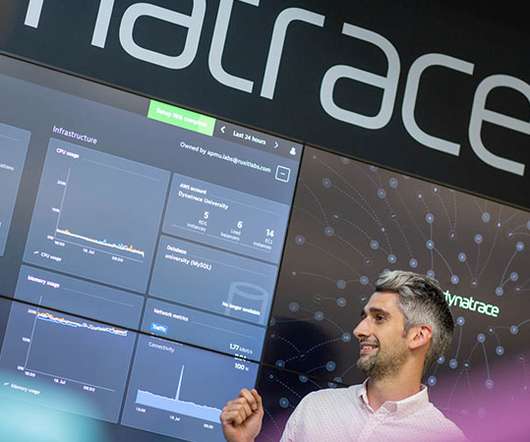
Dynatrace
MARCH 3, 2020
This involves new software delivery models, adapting to complex software architectures, and embracing automation for analysis and testing. PayPal, a popular online payment systems organization, implemented a full performance as a self-service model for developers to get their code performance tests.

O'Reilly Software
JUNE 13, 2019
Experts explore software architecture security, design heuristics, Next Architecture, and more. Experts from across the software architecture world are coming together in San Jose for the O'Reilly Software Architecture Conference. Below you'll find links to highlights from the event.

DZone
DECEMBER 17, 2021
One of the toughest decisions your software development team may face as you scale is deciding between keeping your current codebase and rebuilding on new software architecture.

Strategic Tech
AUGUST 10, 2020
If every significant architecture decision has business consequences, then knowing the business model and which trade-offs to choose is maybe the most important skill of architects. But what is the actual relationship between a business model and a software architecture? A software system is a model of a domain.
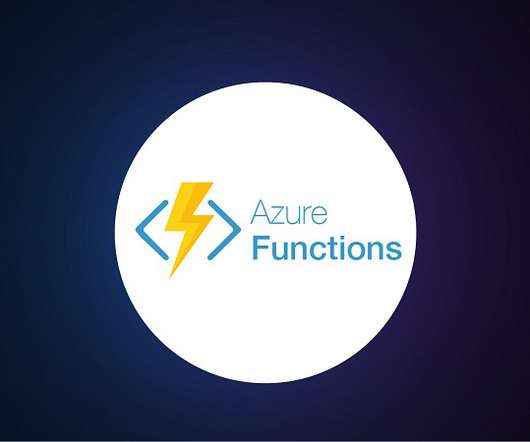
Dynatrace
AUGUST 12, 2020
As companies strive to innovate and deliver faster, modern software architecture is evolving at near the speed of light. This gives you deep visibility into your code running in Azure Functions, and, as a result, an understanding of its impact on overall application performance and user experience. Dynatrace news.

Dynatrace
DECEMBER 23, 2020
Especially in dynamic microservices architectures, distributed tracing is essential to monitor, debug, and optimize distributed software architecture, such as microservices. Debug systems, isolate bottlenecks, and resolve code-level performance issues. How does distributed tracing work?
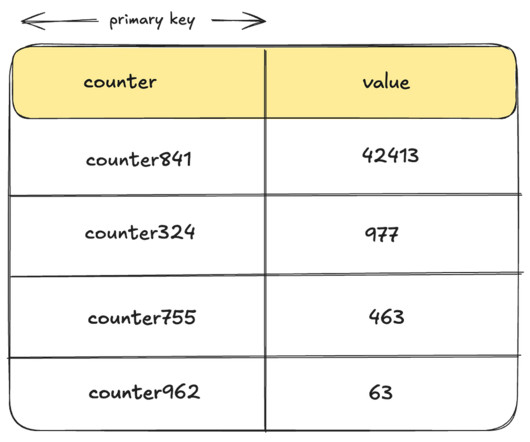
The Netflix TechBlog
NOVEMBER 12, 2024
Reducing Code Complexity : We reduce a lot of code complexity in Counter Abstraction by delegating a major portion of the functionality to an existing service. TimeSeries Abstraction uses Cassandra as the underlying event store, but it can be configured to work with any persistent store.
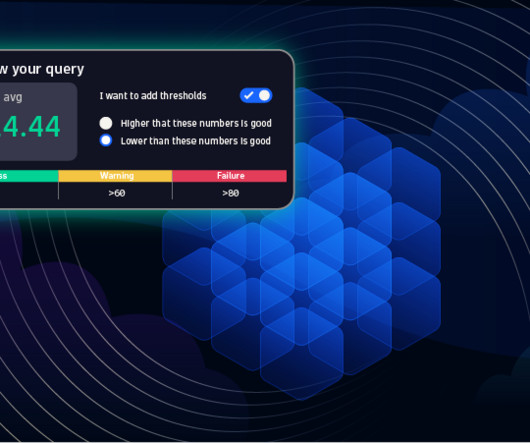
Dynatrace
NOVEMBER 14, 2023
Golden Paths for rapid product development Modern software development aims to streamline development and delivery processes to ensure fast releases to the market without violating quality and security standards. To bring these practices to life within an organization at scale, the discipline of platform engineering has gained popularity.
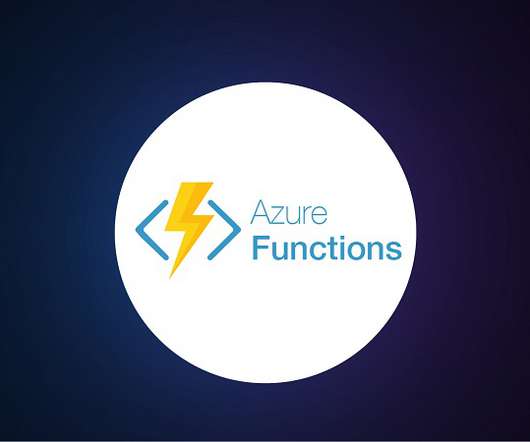
Dynatrace
AUGUST 12, 2020
As companies strive to innovate and deliver faster, modern software architecture is evolving at near the speed of light. This gives you deep visibility into your code running in Azure Functions, and, as a result, an understanding of its impact on overall application performance and user experience. Dynatrace news.

Dynatrace
DECEMBER 8, 2021
In contrast to modern software architecture, which uses distributed microservices, organizations historically structured their applications in a pattern known as “monolithic.” ” A monolithic software application has a few properties that are important to understand.

Dynatrace
DECEMBER 23, 2020
Especially in dynamic microservices architectures, distributed tracing is essential to monitor, debug, and optimize distributed software architecture, such as microservices. Debug systems, isolate bottlenecks, and resolve code-level performance issues. How does distributed tracing work?
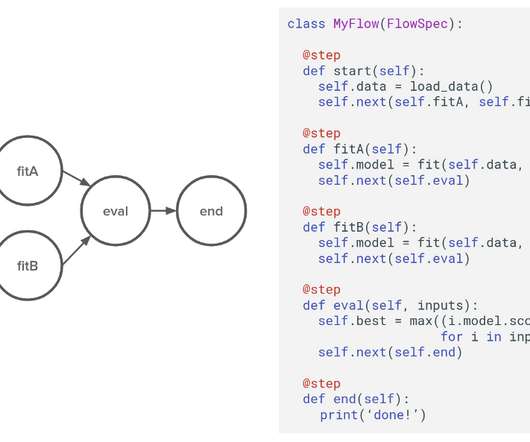
The Netflix TechBlog
DECEMBER 3, 2019
A key observation was that most of our data scientists had nothing against writing Python code. Data scientists want to retain their freedom to use arbitrary, idiomatic Python code to express their business logic?—?like The steps can be arbitrary Python code. like they would do in a Jupyter notebook.

Dynatrace
MAY 23, 2022
Data supports this shift from monolithic architecture to microservices approaches. IDC predicted, by 2022, 90% of all applications will feature microservices architectures that improve the ability to design, debug, update, and use third-party code. What is monolithic architecture? Less code and stack lock-in.

DZone
NOVEMBER 9, 2021
It sits at the very beginning of the process before the code is written and can save an immense amount of time down the road (of somebody spending tons of time just to get to a dead-end). I really like what one of the smartest people with whom I worked said: “A good design is a design where you can see the code”. Important note.

Dynatrace
APRIL 19, 2023
Consider Log4Shell, a software vulnerability in Apache Log4j 2 , a popular Java library. Log4j is a ubiquitous software code in various consumer-facing products and services. The underlying software architecture that supports all this data must be secure, as well.
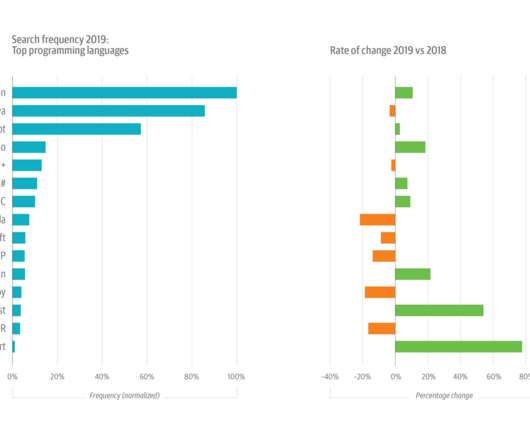
O'Reilly
FEBRUARY 18, 2020
Software architecture, infrastructure, and operations are each changing rapidly. The shift to cloud native design is transforming both software architecture and infrastructure and operations. Trends in software architecture, infrastructure, and operations.

ScaleOut Software
JUNE 29, 2018
While the model alone does not provide specific APIs for predictive analytics or machine learning, its architecture provides an organizational structure for hosting application-specific algorithms so that they have immediate access to the context they need for deep introspection. This is the case with digital twins.

ScaleOut Software
JUNE 29, 2018
While the model alone does not provide specific APIs for predictive analytics or machine learning, its architecture provides an organizational structure for hosting application-specific algorithms so that they have immediate access to the context they need for deep introspection. This is the case with digital twins.

O'Reilly
SEPTEMBER 12, 2023
A few weeks ago, I saw a tweet that said “Writing code isn’t the problem. That statement nicely summarizes what makes software development difficult. Anyone who works in programming has seen the source code for some project evolve from something short, sweet, and clean to a seething mass of bits. Controlling complexity is.”
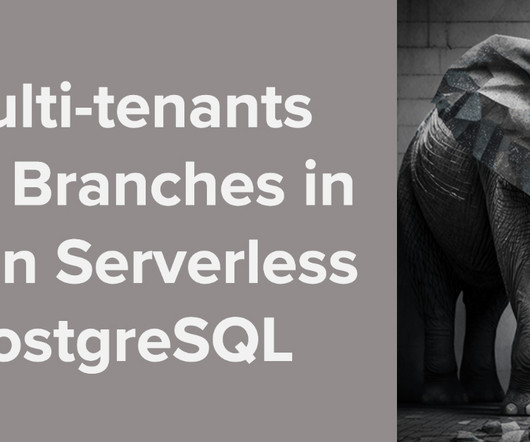
Percona
MARCH 21, 2023
Tenants Multi-tenancy is a software architecture pattern where a single instance of a software application serves multiple tenants, allowing them to share resources like storage, processing power, and memory while maintaining separate, secure access to their respective data.

Scalegrid
JUNE 7, 2024
In this article, we will explore what RabbitMQ is, its mechanisms to facilitate message queueing, its role within software architectures, and the tangible benefits it delivers in real-world scenarios. Stepping back, it’s clear how RabbitMQ has become an essential tool in modern software architecture.

O'Reilly
MARCH 2, 2020
It’s not about getting software developers to write code faster. Perhaps the appropriate yardstick for AI projects is the experiment itself, not the code committed to git.). Software architecture, infrastructure, and operations are each changing rapidly. And that’s a big clue about what the word “Agile” means.

Strategic Tech
JULY 21, 2020
Architecture modernisation tools and techniques for each phase (these lists are not exhaustive) Business Strategy Alignment Software architecture is the significant technical decisions that have business consequences. This means a software architecture should be purposely designed for the most favourable business consequences.

O'Reilly
OCTOBER 19, 2021
All ML projects are software projects. If you peek under the hood of an ML-powered application, these days you will often find a repository of Python code. If you ask an engineer to show how they operate the application in production, they will likely show containers and operational dashboards—not unlike any other software service.
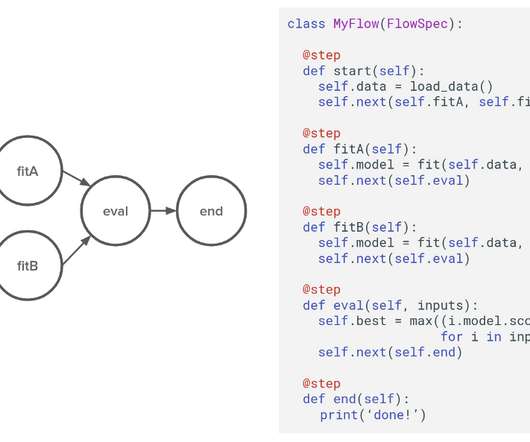
The Netflix TechBlog
DECEMBER 3, 2019
A key observation was that most of our data scientists had nothing against writing Python code. Data scientists want to retain their freedom to use arbitrary, idiomatic Python code to express their business logic?—?like The steps can be arbitrary Python code. like they would do in a Jupyter notebook.

Software Architecture
APRIL 8, 2018
Kotlin’s type system eliminates the danger of null references from code. String Templates Strings may contain template expressions i.e. code that is evaluated and its result is concatenated into the string. No need to bloat your code with explicitly written getters and setters as in Java.

O'Reilly
FEBRUARY 2, 2020
First, the behavior of an AI application depends on a model , which is built from source code and training data. A model isn’t source code, and it isn’t data; it’s an artifact built from the two. This means that, to have a history of how an application was developed, you have to look at more than the source code.
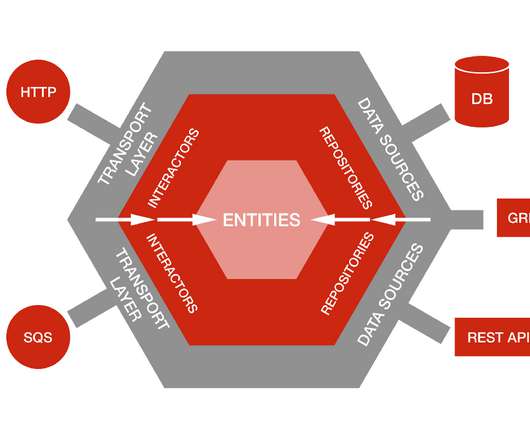
The Netflix TechBlog
MARCH 10, 2020
Having our core logic isolated means we can easily change data source details without a significant impact or major code rewrites to the codebase. The pattern allows us to isolate the core logic of our application from outside concerns. One of the main advantages we also saw in having an app with clear boundaries is our testing strategy?—?the

O'Reilly
AUGUST 9, 2022
GitHub Copilot (based on a model named Codex , which is derived from GPT-3) generates code in a number of programming languages, based on comments that the user writes. Going in the other direction, GPT-3 has proven to be surprisingly good at explaining code. But it’s obvious where this is trending. But I don’t know if that’s true.

Tech News Gather
MARCH 30, 2022
The three main front-end coding languages are HTML, CSS, and JavaScript, wherein a large number of frameworks are based on JavaScript. The code written by back-end developers is what communicates the database information to the browser. It means everything that end-users visually see first in their browser or application.

O'Reilly
OCTOBER 31, 2023
We have seen some simplifications built on top of Kubernetes: K3S is one; Harpoon is a no-code drag-and-drop tool for managing Kubernetes. We’ve long thought that a simpler alternative to Kubernetes would arrive. We haven’t seen it. And all the major cloud providers offer “managed Kubernetes” services that take care of Kubernetes for you.

All Things Distributed
APRIL 27, 2011
To our shareowners: Random forests, naïve Bayesian estimators, RESTful services, gossip protocols, eventual consistency, data sharding, anti-entropy, Byzantine quorum, erasure coding, vector clocks. Look inside a current textbook on software architecture, and youll find few patterns that we dont apply at Amazon.
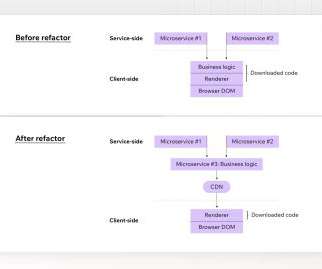
Smashing Magazine
NOVEMBER 22, 2021
And once the teams started working off of the knowledge, it meant organizing performance-focused design and code reviews, training and education, plus providing tools and assets to support these ongoing efforts. In addition, this significantly reduced the amount of JavaScript code that needs to be downloaded by the browser.

Scalegrid
JUNE 28, 2024
This makes RabbitMQ an attractive option for developers and enterprises seeking to optimize their software architecture. This allows developers to adopt RabbitMQ without learning new coding languages or making substantial changes to their workflows.
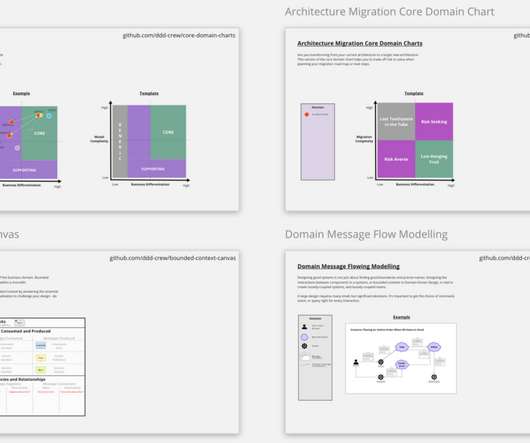
Strategic Tech
MAY 9, 2020
If you want to get started with Strategic DDD to gain deeper insights into your domain and to align your software architecture with your domain, you can use this Miro board: [link] No sign up, installation, or payment is required to view the board. In order to use the tools you will need to copy them onto a board of your own.
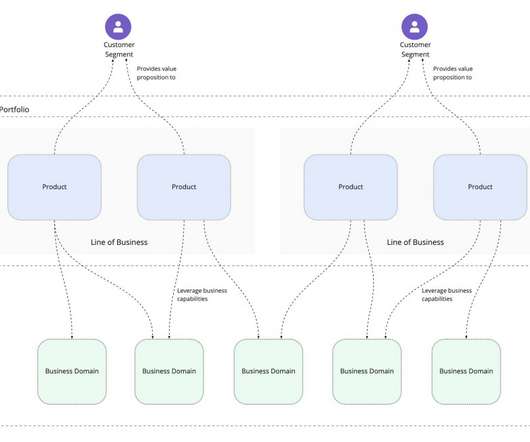
Strategic Tech
APRIL 11, 2021
The microservices era has been good for software architecture. A domain service builds on the basic definition of a microservice: it’s a loosely-coupled, independently deployable element of software architecture which is owned by a single team. I remember when the idea of multiple databases was punishable by death.

The Netflix TechBlog
JULY 12, 2019
A Hollow diff shows exactly what changes This, coupled with some iteration on the deployment process, has resulted in the ability for our team to code, validate, and deploy impactful changes to Gatekeeper in literally minutes?—?at and we can do so with a higher level of safety than was possible in the previous architecture.

Strategic Tech
APRIL 27, 2019
This organisational pattern can be mirrored in the software architecture, emphasising the sociotechnical nature of systems. While it is nice to go out of your way to please others, the resulting compromises to the software architecture can lead to dangerous sociotechnical side-effects.
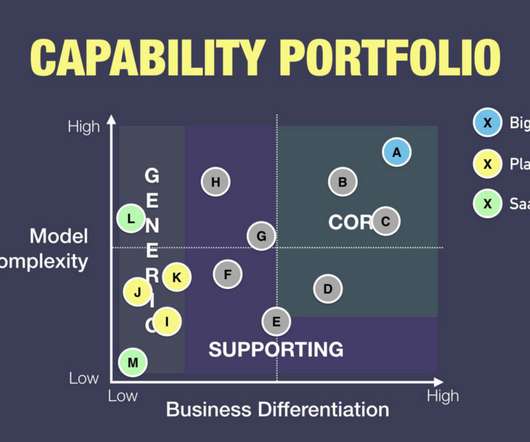
Strategic Tech
FEBRUARY 19, 2020
I’ve been disappointed for a long time with the way in which companies organise software development teams. I remember as a young, naive software developer, I assumed there would be structured processes and patterns similar to those used for designing a software architecture.
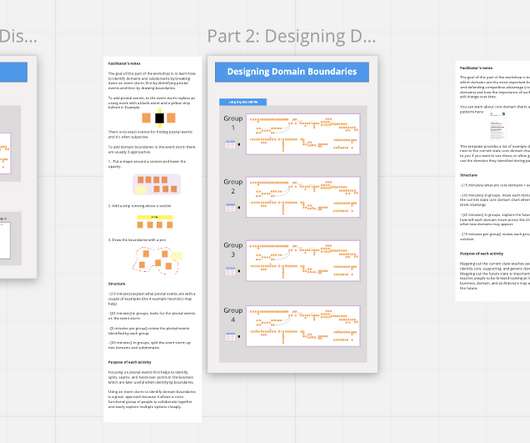
Strategic Tech
JULY 29, 2021
If you would like to learn or practice how to break up a large business into domains and use them as the foundation for your software architecture and team organization, I have created a strategic domain-driven design kata that you may find useful. Design review is basically a code review but for architecture.
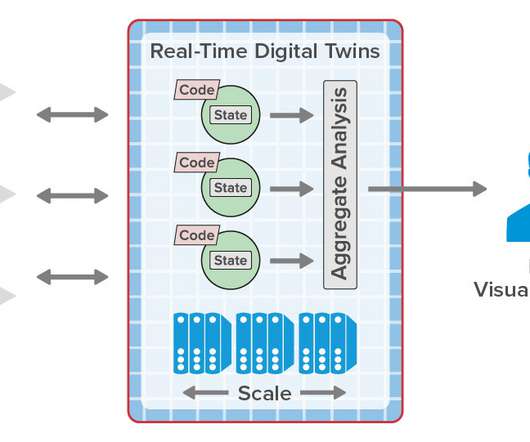
ScaleOut Software
NOVEMBER 24, 2020
A new software architecture for streaming analytics based on the concept of real-time digital twins can address these challenges and add significant capabilities to telematics systems. This new, object-oriented software technique provides a memory-based orchestration framework for tracking and analyzing telemetry from each data source.
Expert insights. Personalized for you.
We have resent the email to
Are you sure you want to cancel your subscriptions?


Let's personalize your content